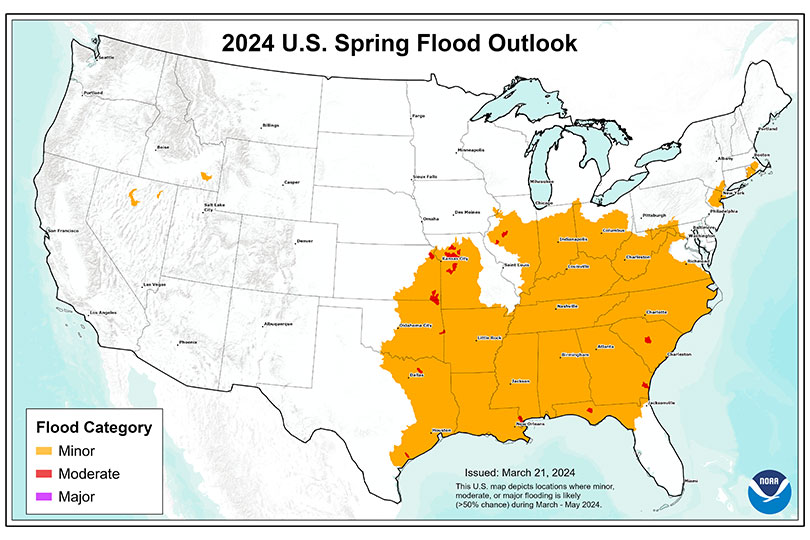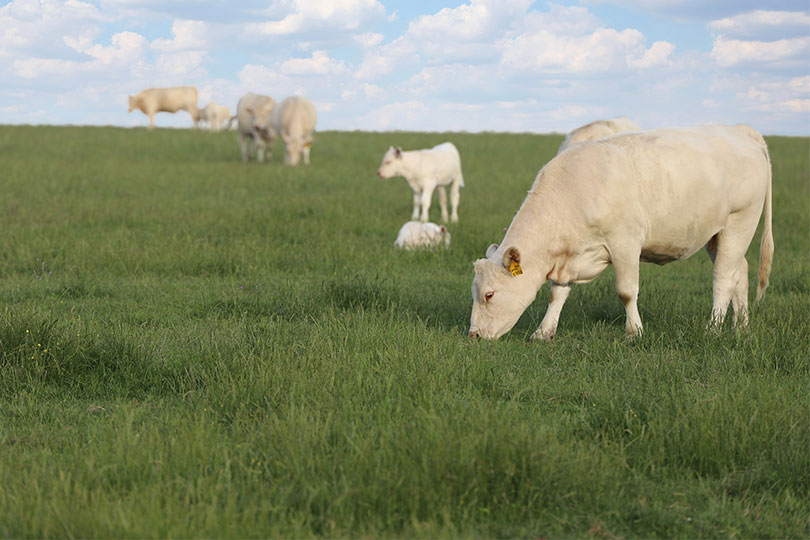Warm—that’s the spring outlook for Texas, according to the National Oceanic and Atmospheric Administration (NOAA).
The agency’s spring outlook, which covers April through June, reports above-average temperatures are likely to persist across much of the U.S., including Texas.
Temperatures
“As we get into the month of April, temperatures do start rising pretty steadily,” said Tom Bradshaw, National Weather Service meteorologist in Fort Worth.
The western half of the state is most likely to see the highest temperatures.
There is a 41% chance San Antonio will see above-average temperatures, a 33% chance of near-average temperatures and a 26% chance of cooler conditions.
Austin, Dallas and Houston are also expected to see similar conditions.
Last year, San Antonio had a typical spring with an average of 87.2 degrees, just 0.1 degree above the average. This year, the expected average high is expected to be between 88 and 90 degrees.
Rainfall
Precipitation for the Lone Star State will be a mixed bag.
West Texas is expected to see below-average rainfall, while East Texas is expected to see above-average rain.
“The long-term projections suggest that we might have a little bit above normal rainfall across at least the eastern half of the state of Texas during the month of April,” Bradshaw said in an interview with the Texas Farm Bureau Radio Network. “It might be a little on the dry side out west, which unfortunately is an area that needs the rain.”
Bradshaw noted the central and eastern counties should hopefully see beneficial rains in April.

Flooding
National forecasters said the overall threat of significant flooding this spring is low.
Over the next three months, the spring outlook shows parts of East and North Texas will have a greater than 50% chance of minor flooding. South and Central Texas may see some flash floods.
“April and May tend to be the two big months in the spring here in Texas when we do have the greatest threat for severe weather. That takes the form not only of large hail, damaging winds and flash flooding, but certainly tornadoes,” Bradshaw said.
NOAA’s outlook
There are several factors that forecasters use, such as long-range weather models, model ensembles and yearly temperature and precipitation trends to determine the most likely weather scenario.


Leave A Comment